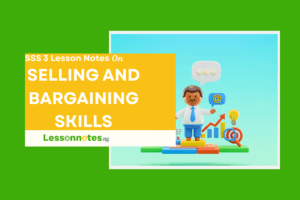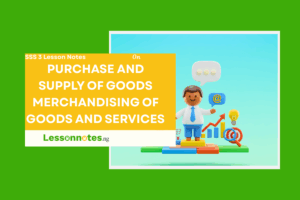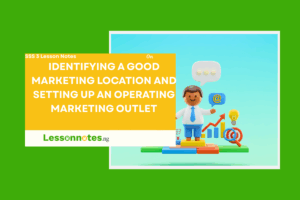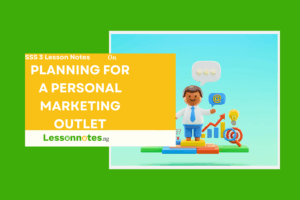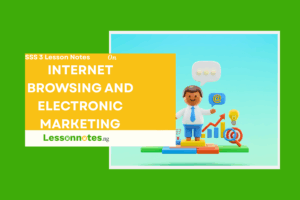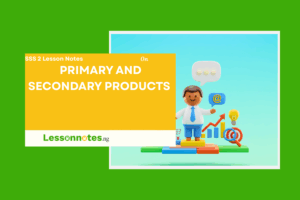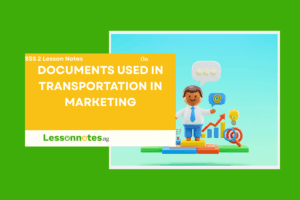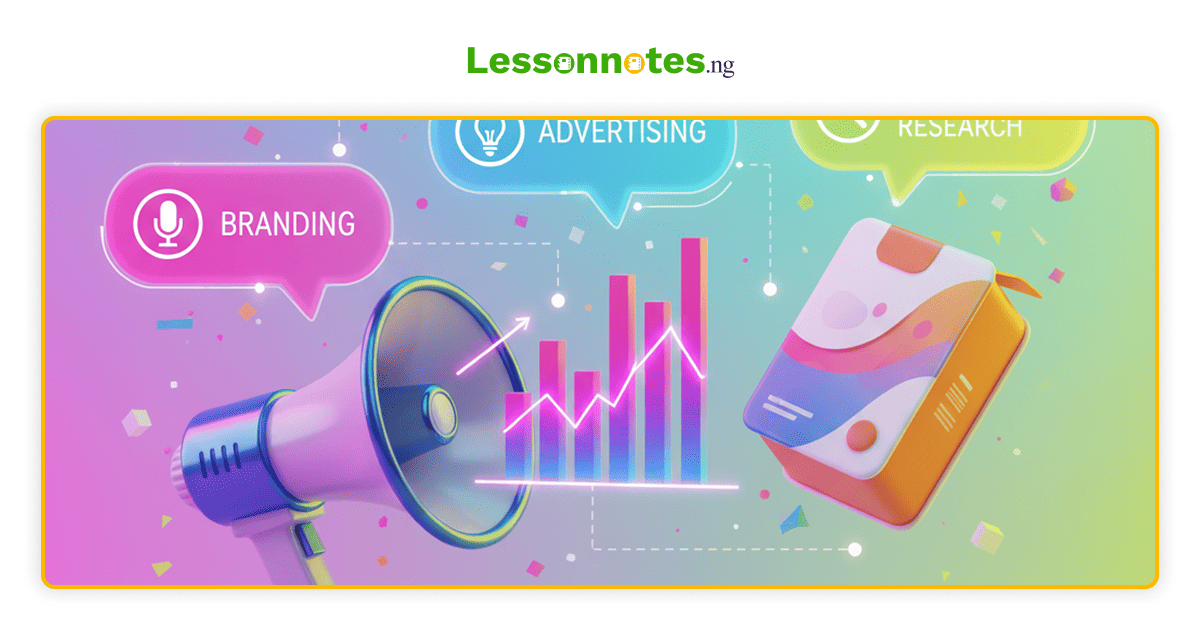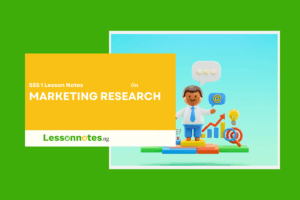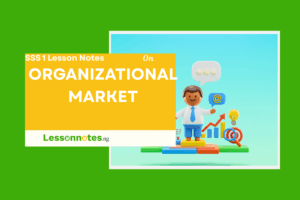Consumer And Organizational Behaviour II SS1 Marketing Lesson Note
Download Lesson NoteTopic: Consumer And Organizational Behaviour II
STAGES OF THE CONSUMER BUYING PROCESS
There are six stages to the consumer buying decision process. Actual purchasing is only one stage of the process. Not all decision processes lead to a purchase. All consumer decisions do not always include all the stages, determined by the degree of complexity. These stages are:
- Problem Recognition: This is the stage at which a consumer identifies that he/she has a need or want for a product. A purchase cannot take place without the recognition of a felt need.
The need may have been necessitated by internal stimuli such as hunger, and thirst or external stimuli such as advertising or word of mouth. This can also be called awareness of need. Need is the most important factor which leads to the buying of products and services.
For example, an individual who buys a cold drink or a bottle of minerals identifies his/her need as thirst. The marketer must recognise the needs of the consumer as well as how these needs can be satisfied.
- Information Search: This is the buyer’s effort to search through the business environment to identify and evaluate sources related to the central buying decision. In this stage, the consumer searches for information about the product either from family, friends, the neighbourhood, advertisements, wholesalers, retailers, dealers, or by examining or using the product. A successful information search leaves a buyer with possible alternatives.
- Evaluation of Alternatives: At this stage, the consumer undertakes a comprehensive assessment of available brands that satisfy his/her needs or wants.
This is where consumers start cutting down the possible options by comparing them with their criteria and what they want from the product/service. They evaluate the various alternatives available in the market.
An individual, after gathering relevant information, tries to choose the best option available as per his needs, taste and pocket.
- Purchase Decision: At this stage, the buyer makes the actual purchase of the right product that he/she feels would satisfy his/her needs. The purchase of a product or service is the fourth step in the consumer buying process. At this point, the consumer has considered all of the factors relating to the product and has shopped around for the best deal or option. Customers have typically made up their minds about what they want to spend and where to spend it.
- Post-Purchasee Behaviour: After purchasing the product, the consumer by ors will experience some level of satisfaction or dissatisfaction. This is a stage at which the consumer determines whether or not a repeat purchase would take place at a future date or not.
The last phase of the buying process is an evaluation process during which consumers determine if their purchase was the right one. This may or may not be a conscious thought process.
For many advertisers, the goal is to elicit positive results with a product or service, in the hope that customers will review or talk positively to others about the product or service they have used.



